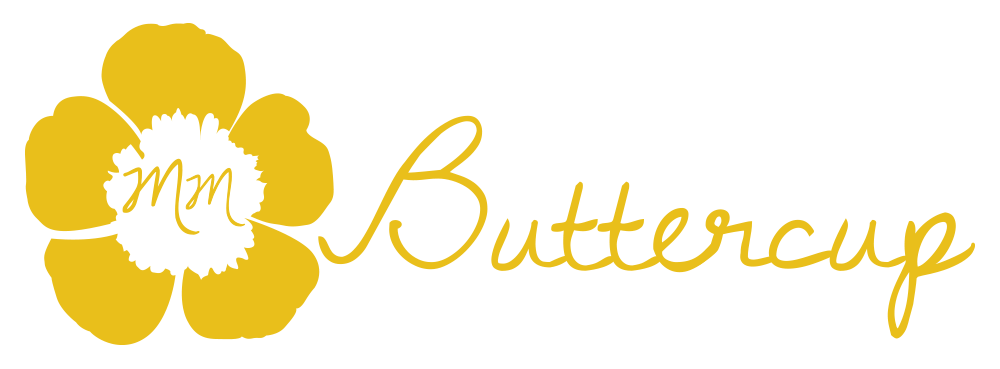Access to higher education is made possible when educators and administrators incorporate strategies to support all students in inclusive learning environments. More than ever, students with disabilities are seeking alternative options to traditional classroom experiences. Students with diverse areas of abilities are seeking online learning for various reasons. In a study of university faculty, over half did not know if they had training or resources to ensure accommodations (Phillips et al., 2012). Many online educators are unaware of legal, practical, and/or ethical responsibilities for students with disabilities.
An article that offers information about how to create an accessible online learning environment is, “Bringing the Ivory Tower into Students’ Homes: Promoting Accessibility in Online Courses.” The article shares information about: professional development, modeling diversity, assignment choice, universal design for learning, and the use of authentic assessment to measure student learning and determine outcomes. Appropriate accommodations for individual learners with disabilities, as well as universal design concepts for the entire class can lead to an accessible online learning environment that meets legal requirements and recommended practice standards. Seven categories of accessible features fall into: images, tables, page content, multimedia, color, and auto-testing tools. When the ivory tower goes into students homes in the form of online courses, accessibility is the key to unlock learning and development.
Drawing courtesy of Adriana Macy age 6
Sources:
Macy, M., Macy, R., & Shaw, M., (2018). Bringing the ivory tower into students’ homes: Promoting accessibility in online courses. Ubiquitous Learning: An International Journal, 11(1), 13-21. doi:10.18848/1835-9795/CGP/v11i01/13-21. This paper won the International Award for Excellence.
Phillips, A., Terras, K., Swinney, L., & Schneweis, C. (2012). Online disability accommodations: Faculty experiences at one public university. Journal of Postsecondary Education & Disability, 25(4), 331-344.

